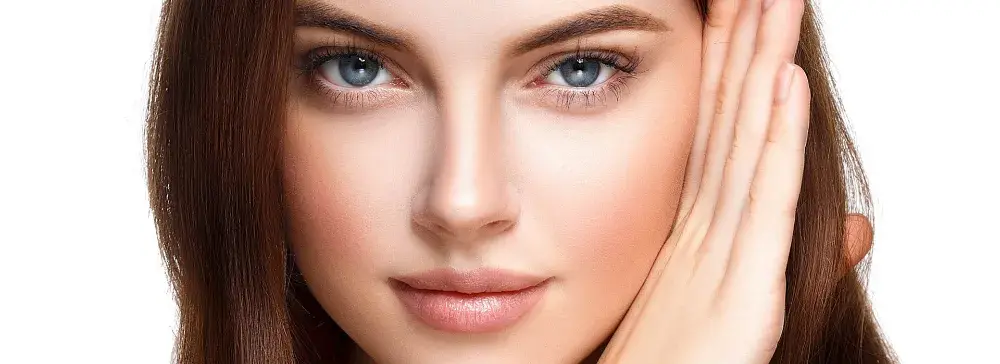Nasolabial folds—the lines that run from the sides of the nose to the corners of the mouth—are a common cosmetic concern, often signaling age, fatigue, or stress. While laser treatments are popular and effective, not everyone is ready for a laser-based procedure. Whether due to skin sensitivity, budget constraints, or personal preferences, many people are exploring non-laser alternatives to rejuvenate their facial appearance.
In this article, we’ll walk you through the best non-laser treatments available today, how they compare in terms of effectiveness, recovery time, and cost, and how to choose the right option based on your skin goals.

Why Consider Non-Laser Options?
Non-laser treatments offer several key advantages:
- No heat or thermal injury, making them ideal for sensitive or darker skin tones.
- Little to no downtime, with many being lunch-break procedures.
- Lower cost per session, making aesthetic improvement more accessible.
- Customizability, allowing treatments to be adjusted based on fold depth, skin type, and age.
Top Non-Laser Treatments for Nasolabial Folds
1. Dermal Fillers (Hyaluronic Acid-Based)
These are the most common non-surgical solution for nasolabial folds. Fillers such as Juvederm and Restylane are injected beneath the skin to add volume and smooth the crease.
- Results: Instant, lasts 6–18 months
- Recovery: Minimal (some bruising/swelling)
- Best for: Moderate to deep folds
2. Microneedling with PRP (Platelet-Rich Plasma)
This treatment uses tiny needles to stimulate collagen production, often combined with PRP for enhanced healing and tightening.
- Results: Gradual improvement over 3–6 sessions
- Recovery: 1–2 days of redness
- Best for: Early signs of aging and skin texture
3. Thread Lifts
Biodegradable threads are inserted into the skin to provide a subtle lifting effect and stimulate collagen over time.
- Results: Immediate lift + long-term firming
- Recovery: Mild swelling, 1–3 days
- Best for: Sagging skin around the midface
4. RF (Radiofrequency) Skin Tightening
Uses electromagnetic energy to heat deeper skin layers and stimulate collagen, tightening skin and reducing fold depth.
- Results: Cumulative, visible after 4–6 weeks
- Recovery: None
- Best for: Mild to moderate laxity
5. Topical Retinoids & Peptides
While not a replacement for in-clinic treatments, retinoids (like tretinoin) and peptides can help improve collagen production and reduce fine lines over time.
- Results: Subtle, requires consistent use
- Recovery: Possible irritation during early use
- Best for: Maintenance and prevention
Combining Treatments for Better Results
In many cases, combining treatments leads to better, more natural-looking results. For example:
- Microneedling + PRP + filler: Boosts skin quality and adds volume
- RF + thread lift: Firms the skin while providing structural support
- Retinoids + in-office treatments: Maintains improvements long term
A qualified aesthetic provider can design a personalized plan that fits your needs, expectations, and lifestyle.
Final Thoughts
Exploring non-laser options for nasolabial folds opens up a world of low-risk, effective treatments that can restore youthful contours and confidence. Whether you're new to cosmetic procedures or seeking alternatives to laser, solutions like fillers, microneedling, and RF treatments provide accessible and impactful paths to smoother skin. Always consult with a licensed practitioner to ensure your chosen treatment is safe and well-suited to your skin type and concerns.
